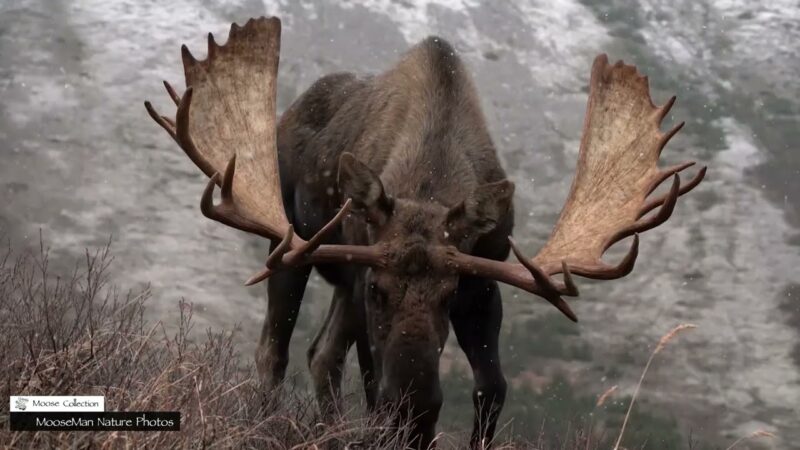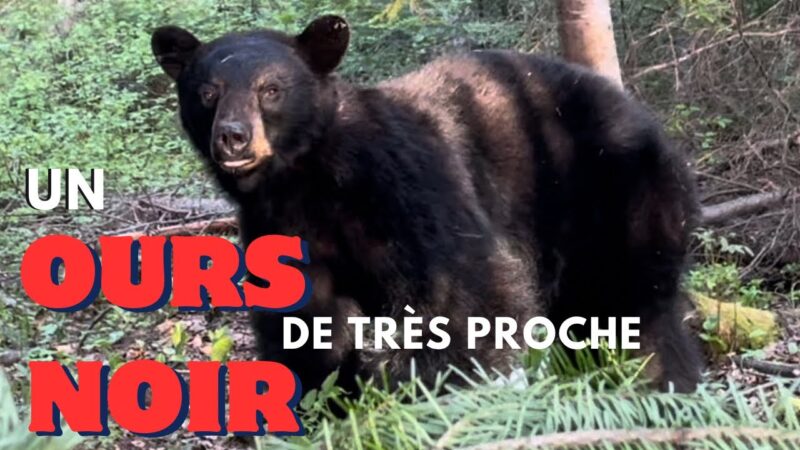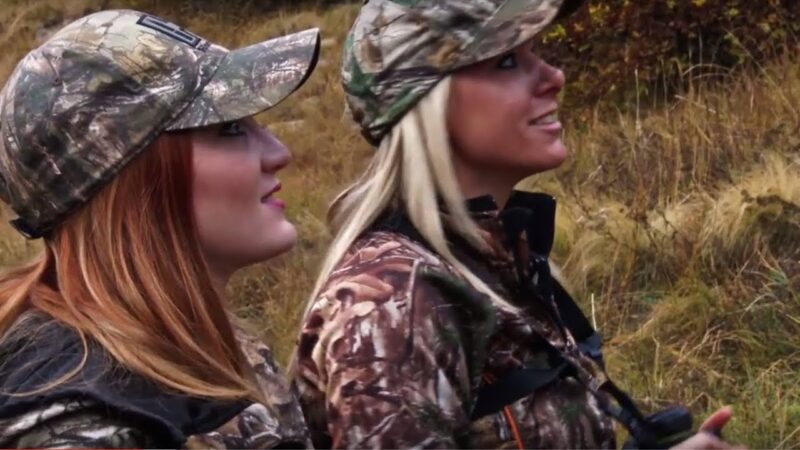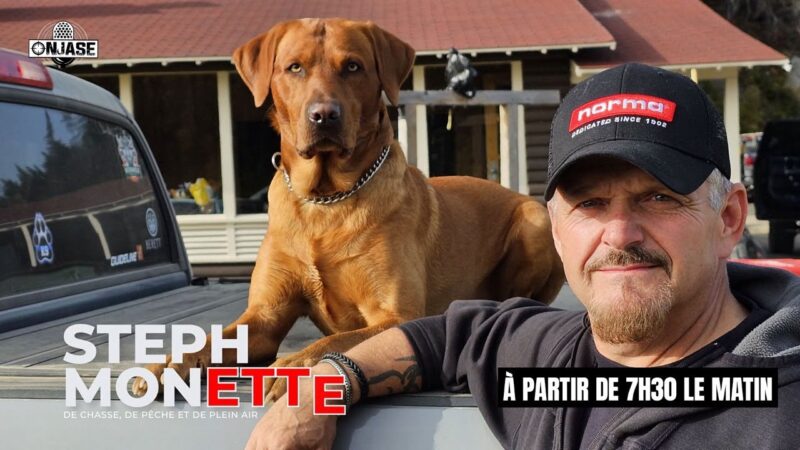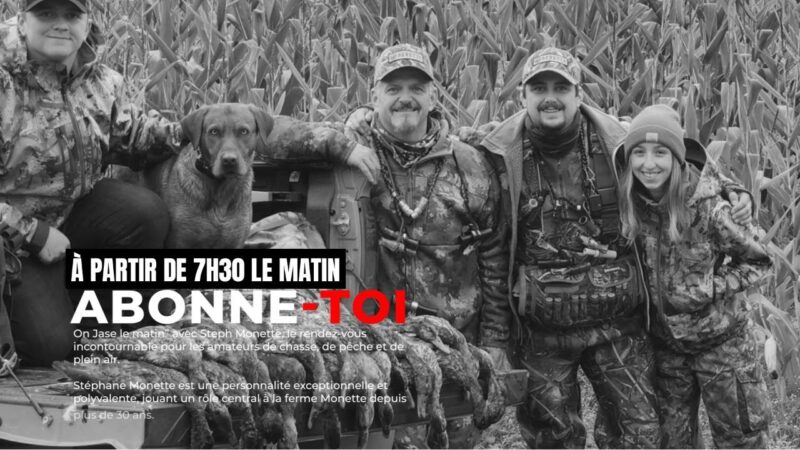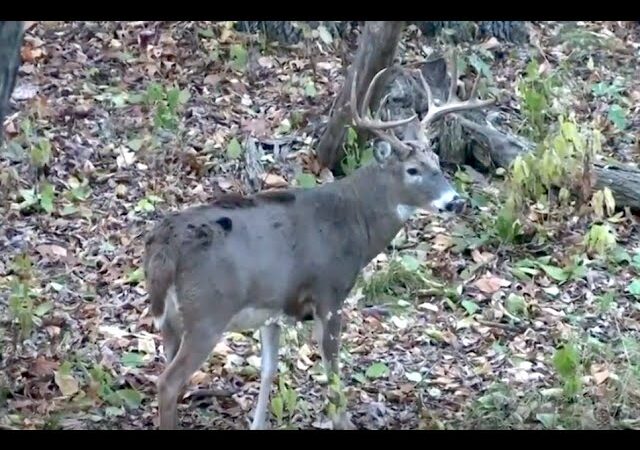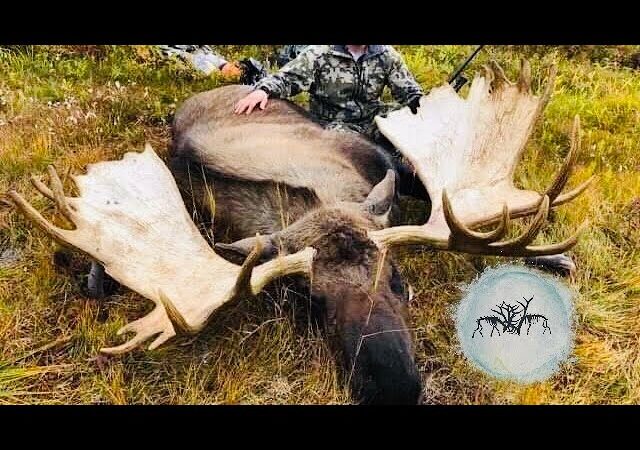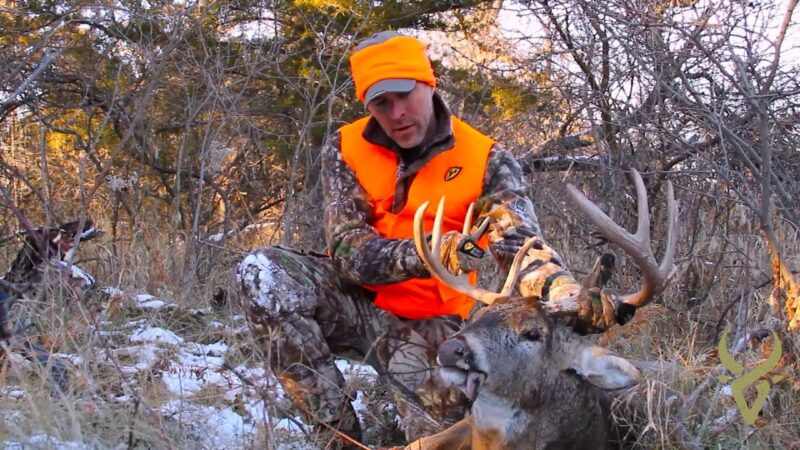Reviews
User Score
Rate This
Descriptions:
Deer and moose, hunting relief | ChasseQc
Deer and moose, hunting relief | ChasseQc. This episode underlines the importance of passing on the tradition of hunting and learning in the forest. He explores the nature of the prey-predator relationship, the natural order of nature: the chaos that generates life and beauty. In the company of guides Carl Poirier, Michel Therrien and Pierre-Luc Fontaine and their children Marike, Charles-Antoine and Derek, experience the thrill of a first hunt as if you were there.
Don’t neglect training for a fulfilling moose hunt.
By Drew Myers | November 8, 2018Pushing moose out of hiding and toward where your hunting party is stationed can be surprisingly effective when conditions are right and the hunt is well organized. All it takes is a bit of planning, a knowledge of the behaviour of moose When the season is coming to an end, or your hunting vacation is rapidly drawing to a close and you still have a vignette, push the button and you’ll be able to see the landscape. moose may be your best option. Here are three scenarios you can adapt, modify and develop to hunt more moose.Swamp diversMoose often retreat to swamps, beaver meadows, streams and rivers in warm weather, when hunting pressure is high, or simply as part of rutting or feeding behavior. These are perfect places to organize a battue.To push marshes, look for logical escape routes or areas where you can see as much territory as possible. Set up fences and have one or two hunters roam the interior of the swamp or plain to move the moose.In the case of swamp pushing, you try to get the elk to move through the area and past the barriers. It is sometimes worth placing hunters in tree stands to help them see over the vegetation and increase their chances of getting a good shot. shootingDriving in the marshesCross swamps can be physically demanding, so ask drivers and spotters to take turns on the journey. block of insulated woodPlace one or two hunters behind the drivers, as moose often reverse, slip between the drivers and escape through the rear. Wherever you have an isolated block of cover, such as a standing forest surrounded by logging or bordered by a lake, you have a perfect place for a push.Step 1: Discreetly scan the edge for fresh signs that moose have entered the block and are still in the woods.Step 2: Set up stands along likely escape areas with good visibility. Third step: Once the spotters are in place, the drivers move around the block and try to push the moose in their direction. It’s a good idea to move quickly to the next likely block of wood and work on it. The more effective pushes you make in a day, the better your chances of tagging a moose. Snow ploughingWhenthere’s snow on the ground, it only takes two hunters to effectively push a moose into a shooting position. It’s best to set out at dawn and scour forest roads and skid trails for fresh tracks, then make large loops in the direction of the moose’ s walk to determine whether it has stopped to feed or lie down. Once you have a pretty good idea that moose have stopped in a general area, post hunters in places where moose might be forced to cross openings or move through bottlenecks, offering a shot to the hunter(s). Then send a hunter to follow the moose’s trail until the moose is moved and out in the open.Snow huntingTrack moose tracks along forest roads.General tipsUse satellite images to find areas with potential for moose outbreaks. Do this well in advance of the season, so that a quick scouting trip is all it takes to put your plan into action. is more art than science, but male leads tend to be wider, rounder, deeper into the surface and may spread a bit more under the weight of the larger male.SOURCE: OODMag.com / https://oodmag.com/moose/








